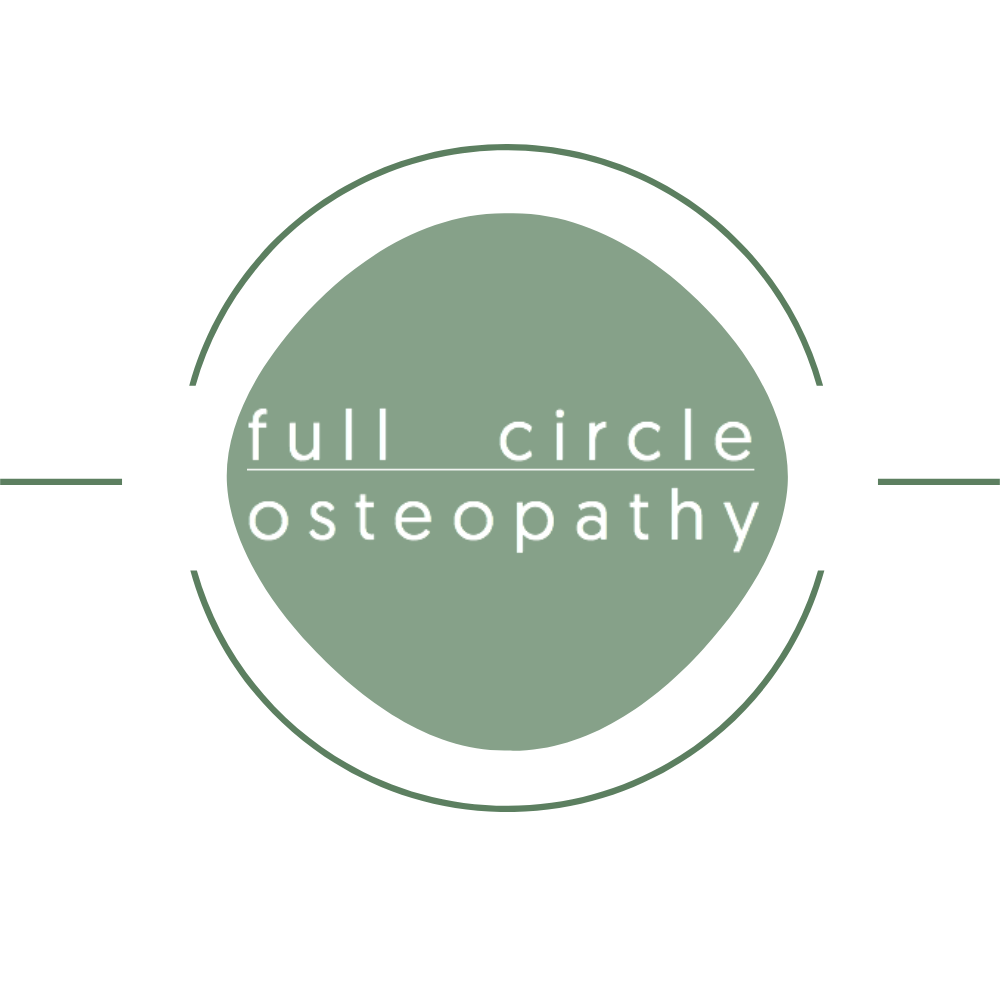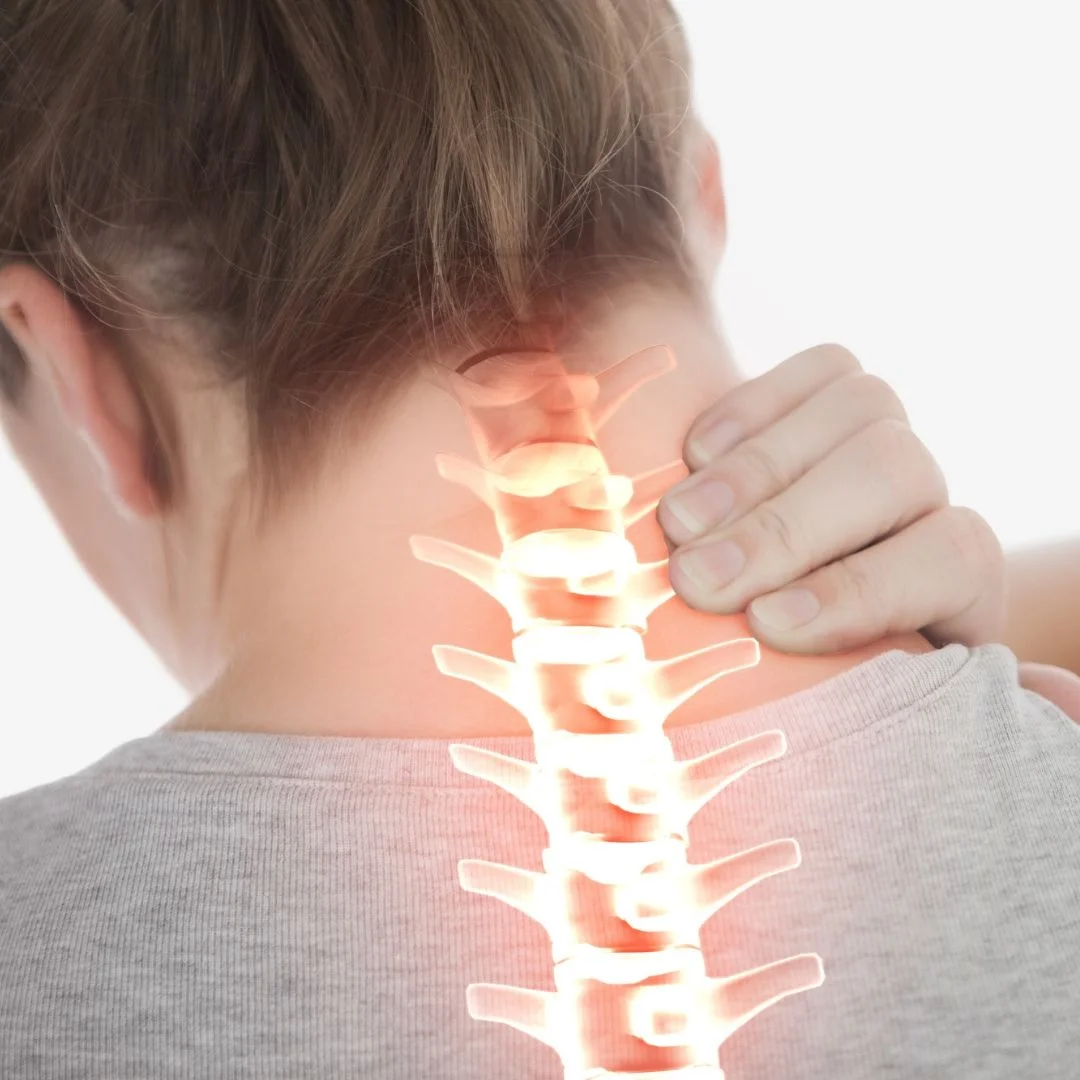Stiff and painful neck? Facet joint injury explained
Treating stiff and sore necks has to be up there as one of the most common areas of the body we Osteo’s see on a day-to-day basis. The causes for neck pain are numerous, with some of the common causes including muscle strain, joint restriction and degeneration, and disc-related injuries. Out of those, we regularly see injuries relating to the facet joints of the neck, which are small joints formed by two vertebrae in the spine.
What are facet joints there for?
In a nutshell, there is a facet joint on either side of the spine at each level. Depending on their position, they restrict and allow certain movements, based on how the joint surfaces are orientated. In the neck, the joints are orientated in such a way that allows for relatively large amounts of movement through forward and backward bending (flexion and extension), side-to-side bending (lateral flexion), and some twisting (rotation) too. If you move your head around, you will notice your neck is the most mobile part of your spine. This can leave it a little susceptible to injury.
How do these joints get injured?
It could be something as silly as a quick glance over the shoulder like checking your blind spot in the car, or spending an extended period looking up like when having to paint a ceiling in a house. There are usually some underlying movement issues that lead you to this point. For example, joint restrictions higher up in the neck or in the mid-back. That quick glance over the shoulder could be enough to sprain the soft tissue capsule of the joint that holds it together, or the long period spent looking up could over-compress the joint surfaces and lead them to become inflamed and lock up. Mums who spend hours looking down at their bubbas can also put these joints under strain and end up with a very stiff and painful neck.
Can an Osteopath help?
Of course! We can help, and in many ways other than just using our hands. When you come into Full Circle Osteopathy, we will take you through some questions to get an in-depth look into your life and the issue you’re currently experiencing. There are likely to be many things in your life that have led you to this stiff and painful neck and we want to make sure we tick off and address all of those risk factors. We’ll look into your personal and work life, hobbies and sports and even how you spend your time relaxing and sleeping. These are all areas that can play a part.
We will of course assess you physically. You may have a neck issue, but we will take a keen interest in what your shoulders, mid and low back are doing, as well as the pelvis and beyond into the legs. Once we can see how your body is working as a unit, we will discuss the treatment plan with you and get to work. Initially we will focus our attention on relieving your pain. We’ll use our hands to massage the muscles, mobilise the joints and we may use manipulation to achieve optimal joint motion and muscle relaxation. We’ll then give you some pointers on exercise and lifestyle advice so you can leave knowing how to manage the problem and continue to improve further at home.
A locked facet joint will typically take a few days to calm down following injury. Once the initial inflammation reduces, the pain decreases, movement improves and you should start to feel normal again. Within a few treatments, we’ll have you pain free and moving better than you have in a long time - this is where our work on the rest of the body comes in to play. It’s never JUST a neck issue!
Stiff neck anyone? Call us today or book online and we’ll get you on the mend :)
References:
1. Physiopedia. 2019. Facet Joint Syndrome. [Online]. [Accessed 06 June 2019]. Available from: https://www.physio-pedia.com/Facet_Joint_Syndrome

